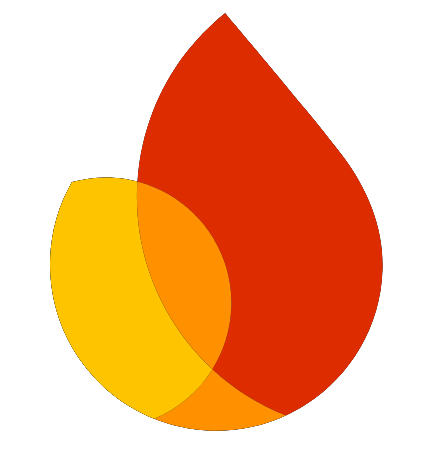Annotated Bibliography
Currently, most design models applied to propagate cultural transmission of traditional crafts frequently emphasize accurate mimicry, “high-fidelity” copying. An innovative study found apprentice potters . . . do not merely mimic: instead of simple imitation is required for the acquisition of a complex motor skill, such as throwing pottery. Overall, these results provide empirical evidence in support of motor behavour theory’s functional equivalence principle in the domain of pottery handicraft. What we suggest is that the conceptualisation of cultural transmission by way of fidelity-copying poorly grasps these intricate mechanisms of skill learning.
Another grounded theory investigation, this time into knitting communities. In a repeating sequence of data collection and analysis, descriptive codes were slowly compiled, and translated into analytical codes. Conceptual themes of perseverance, obligation and pride and autonomy suggest that what motivates crafters is an escape from “spiritual dyspepsia” that alienated workers often experience.
Researchers used Contextual Activity Sampling System (CASS) and diaries for recording and archiving design behavior in a case study on social/emotional dimensions professional designers’ work experiences. Another case study was autoethnographical research documenting one’s own creative practice.
Digitizing a medieval stave church offered the opportunity to research how to reduce the loss of information in translations between modes, medias and formats of embodied craft skills and sensory-based judgements. Unity, a physics-based visualization engine, was used to archive and simulate heterogeneous digital material.
Applying the modalities of socialization, externalization, combination and internalization (“SECI”) and the “tripartite theory of knowledge” to researching gardeners’ community of practice allows the research to go beyond mere video recording. “No matter what form of media used, the representation needs a context, otherwise it risks being communicated randomly and thus difficult to find.”
Open, axial and selective coding techniques were used to observe antecedent, situational and regulatory factors applying grounded theory to scholars, practitioners and enthusiasts of craft making.
Slöyd is Exemplified through the four E’s:
- Embodied
- Embedded
- Extended
- Enacted
Slöyd is claimed in 6 ways:
- Situated
- Time pressured
- Cognitive work Off-loaded onto the Environment
- Environment is part of the Cognitive System
- Cognition is Action driven
- Off-line cognition is body based
On videoing Slöyd:
- Visual images are produced and consumed in multisensory environments; they stand for the multisensory configurations from which they emerge.
- Visual images are not simply visual; they are experienced through multiple and intertwined sensory channels.
- Vision itself is a culturally constructed category, as are sound, smell, taste, and touch.
- Vision involves more than just looking at images, and visual practices need to be situated as part of multisensory perception.






